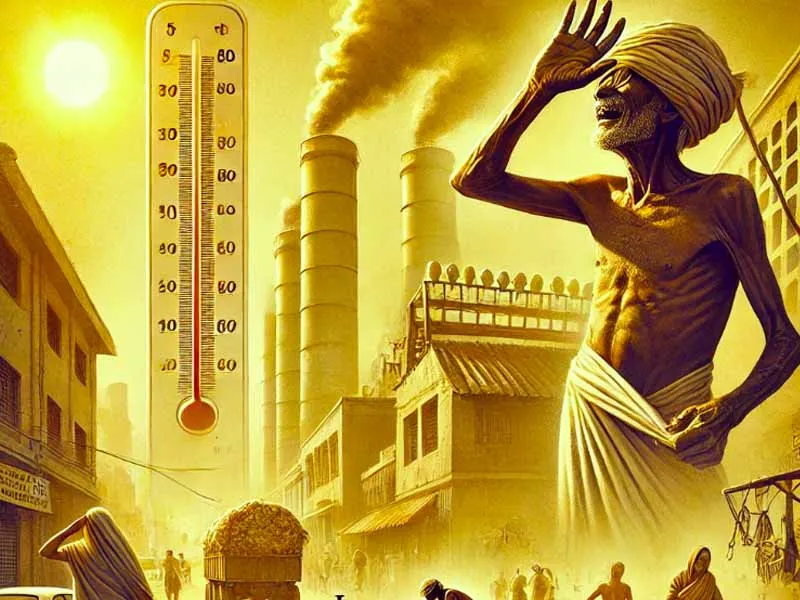Resilienceapac – Asia Warming at Twice the Global Average is no longer a distant forecast it’s a present-day reality. A recent report by the World Meteorological Organization (WMO) reveals that Asia is heating nearly twice as fast as the global average, with regional temperatures now averaging 1.04°C above the 1991–2020 baseline. This rapid warming is pushing the continent into a climate emergency. Marked by extreme heat, water crises, and escalating weather-related disasters.
Unbearable Heatwaves and Public Health Threats
One of the most severe consequences of Asia Warming at Twice the Global Average is the increasing intensity of heatwaves. In India, temperatures have climbed as high as 48.2°C, leading to tens of thousands of heatstroke cases and overwhelming hospitals and emergency services.
The impacts go beyond health heat has disrupted school schedules, halted outdoor labor, and strained energy systems. Urban areas, in particular, are experiencing “heat islands” where temperatures soar even higher due to concrete infrastructure and limited green spaces.
“Sexist or Satirical? Rethinking Shakespeare in Upstart Crow”
Droughts and Floods: A Dangerous Double Threat
While some parts of Asia dry up, others are drowning. The warming climate is disrupting rainfall patterns, causing severe droughts in some regions and intense flooding in others. Agriculture-dependent communities are being hit hardest, with crop failures, food insecurity, and water shortages becoming more common.
In coastal and riverine areas, flash floods and rising sea levels threaten homes, transportation, and livelihoods, exposing the region’s vulnerability to compounding climate shocks.
Nepal Shows a Path Toward Resilience
Despite these growing threats, there is still hope. Notably, Nepal has emerged as a leading regional example of effective climate adaptation. The country has strategically invested in early warning systems, enabling communities to respond more quickly and effectively to weather-related threats. Thereby reducing both casualties and property damage.
Moreover, Nepal’s success underscores how proactive measures backed by science, technology, and sound policy can significantly enhance climate resilience, even in the most high-risk areas.
As Asia Warming at Twice the Global Average continues, coordinated regional action and investment in climate resilience are essential. The time to act is now before the window for meaningful adaptation closes.



